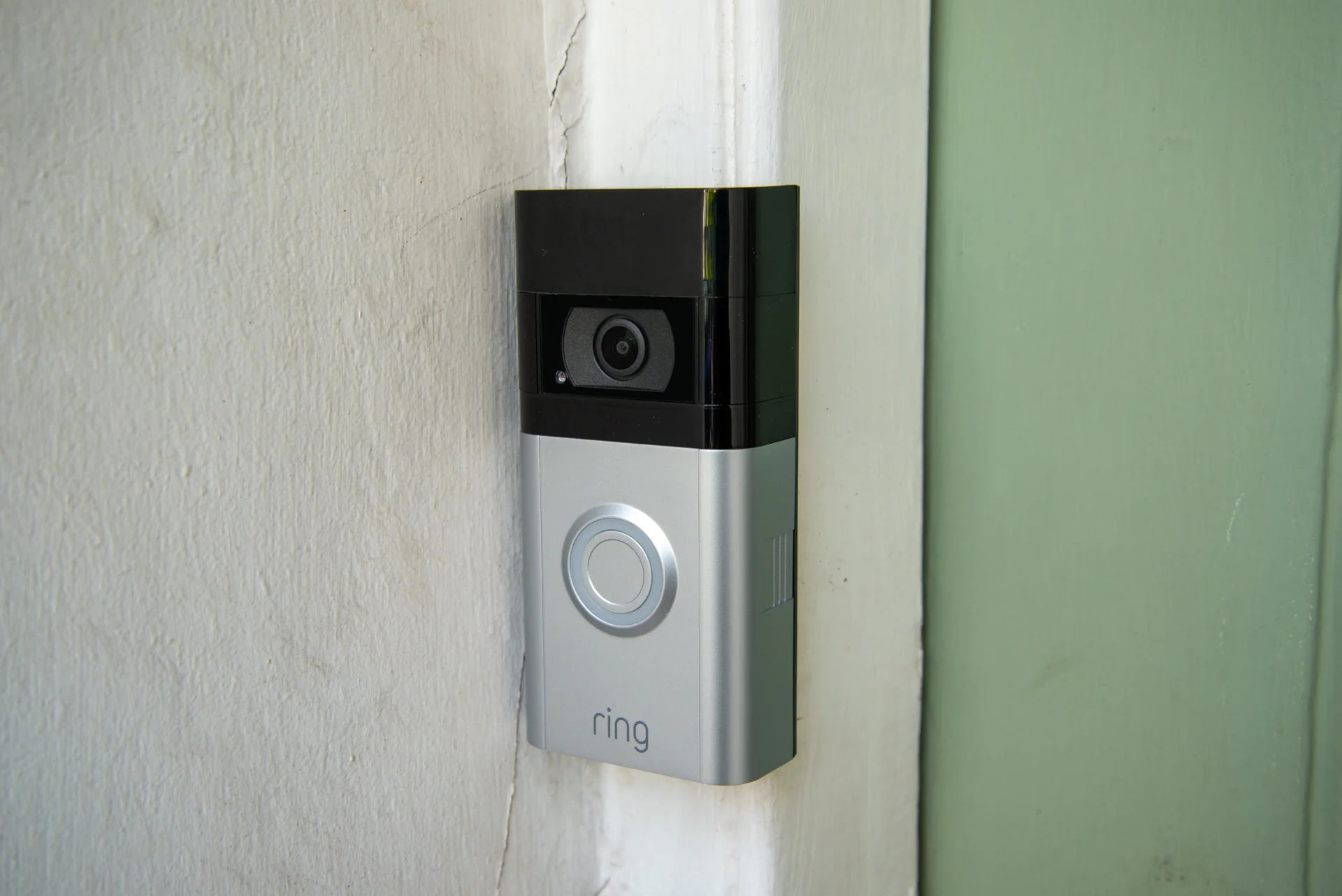

Articles
How To Reprogram Ring Doorbell
Modified: October 20, 2024
Learn how to reprogram your Ring doorbell with these informative articles. Find step-by-step instructions and troubleshooting tips to optimize your security system.
(Many of the links in this article redirect to a specific reviewed product. Your purchase of these products through affiliate links helps to generate commission for Storables.com, at no extra cost. Learn more)
Introduction
Welcome to the wonderful world of Ring Doorbells! Whether you’re a new owner or have been using your Ring Doorbell for a while, knowing how to reprogram it can be incredibly helpful. From adjusting motion settings to customizing notifications, reprogramming your Ring Doorbell allows you to tailor its functionality to meet your specific needs. In this article, we’ll guide you through the process of reprogramming your Ring Doorbell, step by step.
But before we dive into the reprogramming process, let’s first understand what makes Ring Doorbell such a popular choice among homeowners. Ring Doorbell is a smart doorbell that allows you to monitor your front door, receive alerts about activity, and communicate with visitors, all from your smartphone or other smart devices. It’s designed to enhance your home security and provide you with peace of mind, regardless of whether you’re at home or away.
Now, let’s get started with reprogramming your Ring Doorbell. Follow these steps to customize and optimize your Ring Doorbell settings:
Key Takeaways:
- Reprogramming your Ring Doorbell allows you to tailor its settings to your specific needs, from motion detection to notifications, creating a personalized and efficient smart security solution for your home.
- Integrating your Ring Doorbell with other smart devices enhances the overall functionality and convenience of your smart home, creating a seamless and interconnected network of actions and automation.
Read more: Why Is My Ring Doorbell Not Ringing
Step 1: Assessing the Current Settings
Before you begin reprogramming your Ring Doorbell, it’s important to assess the current settings to understand what changes you might want to make. Take some time to explore the Ring Doorbell app or web portal and familiarize yourself with the different options and features available.
Start by checking the basic settings, such as the camera view, video quality, and audio settings. Make sure the camera is positioned correctly and provides the desired field of view. Adjust the video quality to balance the clarity and storage space required. Evaluate the audio settings to ensure clear two-way communication with visitors.
Next, review the motion settings. Ring Doorbells are equipped with motion sensors that detect movement and trigger alerts. Assess the sensitivity of the motion sensors and determine if any adjustments need to be made. You might want to increase the sensitivity to capture more activity or decrease it to limit false alarms caused by passing cars or moving trees.
Additionally, consider the motion zones. These are customizable areas within the camera’s field of view where the motion sensors are active. Evaluate the current motion zones and determine if any changes need to be made to better cover the desired areas or avoid unnecessary notifications.
Finally, take note of the current notification settings. Decide if you want to receive notifications for all types of motion detected or only for specific events, such as when someone rings the doorbell. You can also choose whether to receive notifications on your smartphone, tablet, or other devices.
By assessing the current settings, you’ll have a better understanding of what adjustments you want to make during the reprogramming process. It will help ensure that the Ring Doorbell is tailored to your specific preferences and requirements.
Step 2: Resetting the Ring Doorbell
Resetting your Ring Doorbell is the first step in reprogramming it. This process allows you to start fresh and ensure that any previous settings or configurations are cleared. Here’s how you can reset your Ring Doorbell:
- To begin, locate the small reset button on the back of your Ring Doorbell device. The location of the reset button may vary depending on the model of your Ring Doorbell.
- Using a paperclip or a similar tool, press and hold the reset button for about 15 seconds. You will notice the LED light on the front of the Ring Doorbell start flashing, indicating that the device is resetting.
- After 15 seconds, release the reset button. The LED light will stop flashing, and the Ring Doorbell will power off and then restart.
- Wait for the Ring Doorbell to complete its restart process. This may take a few moments.
- Once the Ring Doorbell has restarted, it will be in a factory reset state. This means that all previous settings and configurations have been erased, and you can proceed with reprogramming it from scratch.
Resetting your Ring Doorbell is a straightforward process, but it’s essential to be patient and follow the steps carefully. Make sure to hold the reset button for the full 15 seconds to ensure a complete reset. This step provides a clean slate for you to reprogram and customize your Ring Doorbell according to your preferences.
Step 3: Connecting the Ring Doorbell to Wi-Fi
Once you have reset your Ring Doorbell, the next step is to connect it to your Wi-Fi network. This allows you to access live video feeds, receive alerts, and control your Ring Doorbell remotely. Follow these steps to connect your Ring Doorbell to Wi-Fi:
- Ensure that your smartphone or other device is connected to the Wi-Fi network you want to connect your Ring Doorbell to.
- Open the Ring Doorbell app on your smartphone or visit the Ring website and log in to your account.
- In the app or website, navigate to the device settings for your Ring Doorbell.
- Select the option to set up a new device or add a device.
- Follow the on-screen instructions to put your Ring Doorbell into setup mode. This usually involves pressing and holding a designated button on the doorbell until its LED light starts flashing.
- The app or website will guide you through the process of connecting your Ring Doorbell to Wi-Fi. It will display a list of available Wi-Fi networks.
- Select your Wi-Fi network from the list and enter the network password, if prompted.
- Wait for your Ring Doorbell to connect to the Wi-Fi network. The LED light on the doorbell will turn solid, indicating a successful connection.
- Once connected, you can give your Ring Doorbell a name for easy identification, such as “Front Door” or “Backyard.”
- Finally, test the connection by accessing the live video feed from your Ring Doorbell through the app or website. Make sure you can see the video stream on your device.
Connecting your Ring Doorbell to Wi-Fi is a crucial step as it enables you to fully utilize its features and functionalities. A stable and reliable Wi-Fi connection ensures smooth communication between your Ring Doorbell and your smartphone or other devices.
Remember to choose a strong Wi-Fi network with good coverage in the area where your Ring Doorbell is installed. This will ensure consistent performance and minimize issues with video streaming and notifications.
Step 4: Adjusting Motion Settings
Configuring the motion settings of your Ring Doorbell is an important aspect of reprogramming. Fine-tuning these settings allows you to receive accurate and relevant alerts while minimizing false alarms. Follow these steps to adjust the motion settings of your Ring Doorbell:
- Open the Ring Doorbell app on your smartphone or visit the Ring website and log in to your account.
- Navigate to the device settings for your Ring Doorbell.
- Look for the motion settings options and select them. Here, you will find various adjustment options for motion detection.
- Begin by adjusting the sensitivity level. Increasing the sensitivity will make the motion sensors more responsive, capturing even the slightest movement. Decreasing the sensitivity, on the other hand, will reduce the sensitivity of the sensors, resulting in fewer motion-triggered events.
- Next, consider adjusting the motion zones. These are customizable areas within the camera’s field of view where the motion sensors are active. You can draw and adjust these zones to focus on specific areas or exclude areas where you don’t want motion detection to occur. This can be particularly useful if there are sources of frequent false alarms, such as a busy street or a tree branch that constantly moves in the wind.
- Some Ring Doorbell models offer additional features like people-only mode, which specifically detects human activity and ignores other types of motion. If your model has this feature, enable it to narrow down the alerts you receive.
- Keep in mind that finding the right balance for motion settings may require some trial and error. It’s recommended to test the settings, monitor the alerts you receive, and make further adjustments if necessary.
By adjusting the motion settings, you can ensure that your Ring Doorbell is tailored to your needs. Fine-tuning the sensitivity level and motion zones will help reduce false alarms while still capturing the activity you want to be alerted about. This customization allows you to have a more accurate and personalized monitoring experience.
To reprogram your Ring Doorbell, start by opening the Ring app and selecting the device you want to reprogram. Then, navigate to the settings and select “Remove This Device.” Follow the on-screen prompts to re-add the device and reprogram it with your desired settings.
Read more: How To Program Ring Doorbell
Step 5: Customizing Notifications
Customizing notifications is a crucial step in reprogramming your Ring Doorbell. By doing so, you can specify the type of events you want to be notified about and the devices on which you want to receive those notifications. Follow these steps to customize the notifications for your Ring Doorbell:
- Open the Ring Doorbell app on your smartphone or visit the Ring website and log in to your account.
- Navigate to the device settings for your Ring Doorbell.
- Look for the notifications or alert settings options and select them.
- Choose the types of events for which you want to receive notifications. This can include motion detection, doorbell rings, or both. Selecting both options ensures that you are alerted to all activity at your front door.
- Select the devices on which you want to receive the notifications. This can include your smartphone, tablet, or any other compatible devices. Make sure that these devices have the Ring app installed and notifications enabled.
- Consider enabling additional notification features, such as sound alerts or vibration, to ensure that you never miss an important event.
- If you have multiple Ring devices, you can customize the notifications for each device individually. This allows you to fine-tune the notifications based on the location and functionality of each device.
- Once you have customized the notification settings, test them by triggering motion or ringing the doorbell. Confirm that you receive the notifications on your specified devices.
Customizing your notifications ensures that you receive alerts for the events that matter most to you. Whether it’s a package delivery, a visitor at your door, or simply monitoring activity in your neighborhood, personalized notifications keep you informed and in control.
Remember to strike a balance between receiving enough alerts to stay informed and avoiding notification overload. Fine-tuning your notification settings allows you to receive relevant updates without being overwhelmed by unnecessary alerts.
Step 6: Configuring Ring Doorbell Chime
A key aspect of reprogramming your Ring Doorbell is configuring the chime settings. The chime is the sound produced by the indoor device that alerts you when someone rings the doorbell. By customizing the chime settings, you can select the desired sound and adjust the volume level to your preference. Follow these steps to configure the Ring Doorbell chime:
- Open the Ring Doorbell app on your smartphone or visit the Ring website and log in to your account.
- Navigate to the device settings for your Ring Doorbell.
- Look for the chime settings options and select them.
- Choose the desired chime sound from the available options. Ring Doorbells offer a variety of built-in chime sounds, ranging from traditional doorbell sounds to melodic tunes. Preview each sound option to find the one that suits your preference.
- Adjust the volume level of the chime to your liking. You can increase or decrease the volume to ensure that you can hear the chime clearly but without it being too loud or intrusive.
- If you have multiple Ring Doorbells or Ring Chimes in your home, you can assign different chime sounds to each device. This allows you to identify the specific doorbell or location that triggered the chime sound.
- Test the chime settings by ringing the doorbell. Confirm that you hear the selected chime sound at the desired volume level.
Configuring the Ring Doorbell chime enhances the overall user experience and adds a personal touch to your home. The chime sound can evoke a sense of familiarity and provide a pleasant notification when someone is at your door.
Take some time to explore the different chime options available and choose the one that best suits your style and preferences. Additionally, ensure that the chime volume is set to an appropriate level to avoid any disturbance while still being able to hear the doorbell ring clearly.
Step 7: Integrating with Other Smart Devices
One of the great features of the Ring Doorbell is its compatibility with other smart devices. Integrating your Ring Doorbell with these devices allows for a seamless and interconnected smart home experience. Follow these steps to integrate your Ring Doorbell with other smart devices:
- Ensure that the other smart devices you want to integrate with your Ring Doorbell are compatible. Ring Doorbells can be connected to devices like smart locks, smart lights, and even virtual voice assistants like Amazon Alexa or Google Assistant.
- Open the Ring Doorbell app or the app associated with the specific smart device you want to integrate.
- Look for the integration settings or connected devices section within the app.
- Select the specific device or service you want to integrate with your Ring Doorbell.
- Follow the on-screen instructions to link your Ring Doorbell and the other smart device. This may involve entering login credentials, enabling permissions, or scanning QR codes.
- Once the integration is complete, you can access additional features and control your Ring Doorbell through the connected smart devices. For example, you can ask your virtual voice assistant to show you the live video feed from your Ring Doorbell on a compatible smart display or lock your smart lock when someone rings the doorbell.
- Remember to customize the settings for each smart device integration according to your preferences. This might include setting up routines or automation for specific events or creating custom voice commands for your virtual voice assistant.
Integrating your Ring Doorbell with other smart devices enhances the overall functionality and convenience of your smart home. By connecting different devices, you can create a network of interconnected actions and automation that work together seamlessly to enhance security and efficiency.
Explore the wide range of compatible devices and services to find those that best suit your needs. Whether it’s controlling your smart lights when motion is detected, unlocking the door remotely for a trusted visitor, or receiving spoken alerts through your virtual voice assistant, integrating your Ring Doorbell with other smart devices takes your home automation to the next level.
Step 8: Troubleshooting Tips
While reprogramming your Ring Doorbell can be a straightforward process, you may encounter some issues along the way. Here are some troubleshooting tips to help you overcome common challenges:
- Wi-Fi Connectivity Issues: If you experience connectivity problems, ensure that your Ring Doorbell is within range of your Wi-Fi router. You can also try rebooting your Wi-Fi router to refresh the connection. If connectivity issues persist, consider moving your router closer to the Ring Doorbell or using a Wi-Fi extender.
- Weak Battery or Power Supply: If your Ring Doorbell is battery-powered, ensure that the battery is adequately charged and properly inserted. If your doorbell is hardwired, check the power supply and make sure it’s functioning correctly. If you’re still experiencing power-related issues, consider contacting Ring customer support for further assistance.
- Poor Video Quality or Lag: If you notice that the video quality is poor or there is lag in the live feed, check your internet connection speed. You may need to upgrade your internet plan or move your Wi-Fi router closer to the Ring Doorbell for a stronger signal. Additionally, ensure that the lens of the camera is clean and free from any obstructions.
- False Motion Alerts: If you’re receiving numerous false motion alerts, adjust the motion sensitivity and motion zones settings. Customize these settings to reduce the detection of irrelevant movements, such as passing cars or swaying trees. Fine-tuning these settings will help ensure that you receive accurate and meaningful alerts.
- App or Firmware Updates: Regularly check for app updates for your Ring Doorbell and keep it up to date. Firmware updates may enhance performance, fix bugs, and introduce new features. Stay informed about the latest updates from Ring and ensure that your Ring Doorbell is running the latest version of firmware.
- Reset or Reinstall: If you encounter persistent issues that cannot be resolved through troubleshooting, you may need to perform a factory reset of your Ring Doorbell and set it up again from scratch. This step can help resolve software-related issues or conflicts. Before doing this, ensure that you have backed up any important settings or recordings.
Remember, troubleshooting can vary based on the specific issue you’re facing, so it’s always recommended to consult the official Ring support documentation or contact their customer support for more specific guidance.
By following these troubleshooting tips, you can address common problems and ensure the smooth operation of your reprogrammed Ring Doorbell. Enjoy the enhanced security and convenience that your Ring Doorbell brings to your home!
Read more: How To Open The Ring Doorbell
Conclusion
Reprogramming your Ring Doorbell allows you to customize its settings and optimize its functionality to suit your specific needs. By following the step-by-step guide outlined in this article, you can easily navigate through the reprogramming process and take full advantage of the features that the Ring Doorbell offers.
We began by assessing the current settings of your Ring Doorbell, ensuring that you have a clear understanding of its configuration before making any changes. We then walked you through the process of resetting the Ring Doorbell, connecting it to your Wi-Fi network, and adjusting motion settings to minimize false alerts while capturing the desired activity.
Next, we delved into customizing notifications, allowing you to receive alerts for the events that matter most to you while fine-tuning the volume and settings to avoid notification overload. We also covered the process of configuring the chime, selecting the sound and volume that suits your preferences.
Furthermore, we explored the integration of your Ring Doorbell with other smart devices, creating a seamless and interconnected smart home experience. Lastly, we provided troubleshooting tips to help you overcome any challenges you may encounter along the way.
As a result of reprogramming your Ring Doorbell, you’ll have a personalized and efficient smart security solution for your home. You’ll have control over the settings, the ability to receive accurate alerts, and the convenience of integrating it with other smart devices in your home.
Remember to periodically review and update your settings as your needs may change over time. Stay informed about firmware updates and new features released by Ring to ensure that your Ring Doorbell remains up to date and secure.
Enjoy the peace of mind and enhanced home security that your Ring Doorbell provides, and embrace the endless possibilities of a connected and reprogrammed smart home.
Frequently Asked Questions about How To Reprogram Ring Doorbell
Was this page helpful?
At Storables.com, we guarantee accurate and reliable information. Our content, validated by Expert Board Contributors, is crafted following stringent Editorial Policies. We're committed to providing you with well-researched, expert-backed insights for all your informational needs.
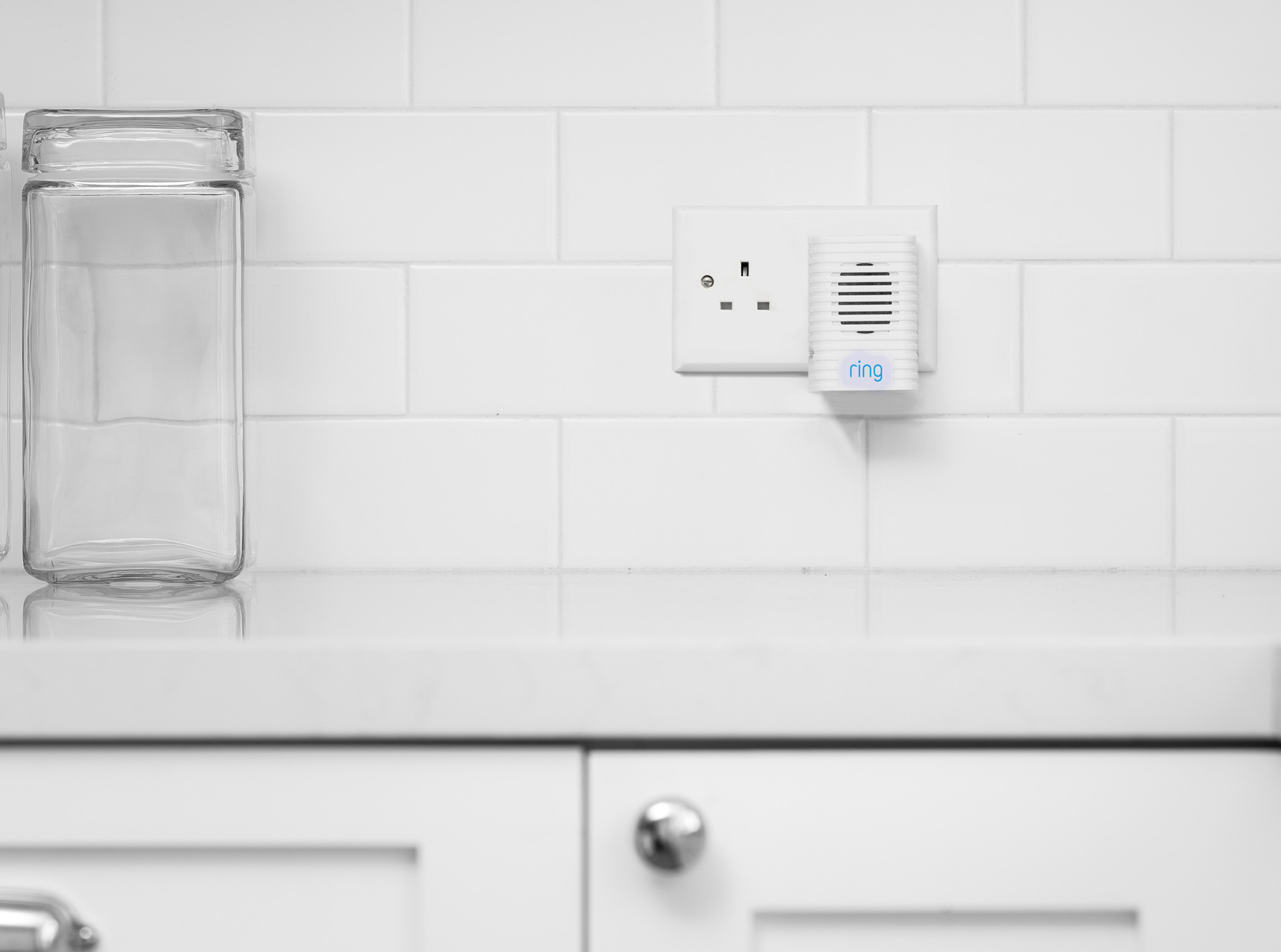
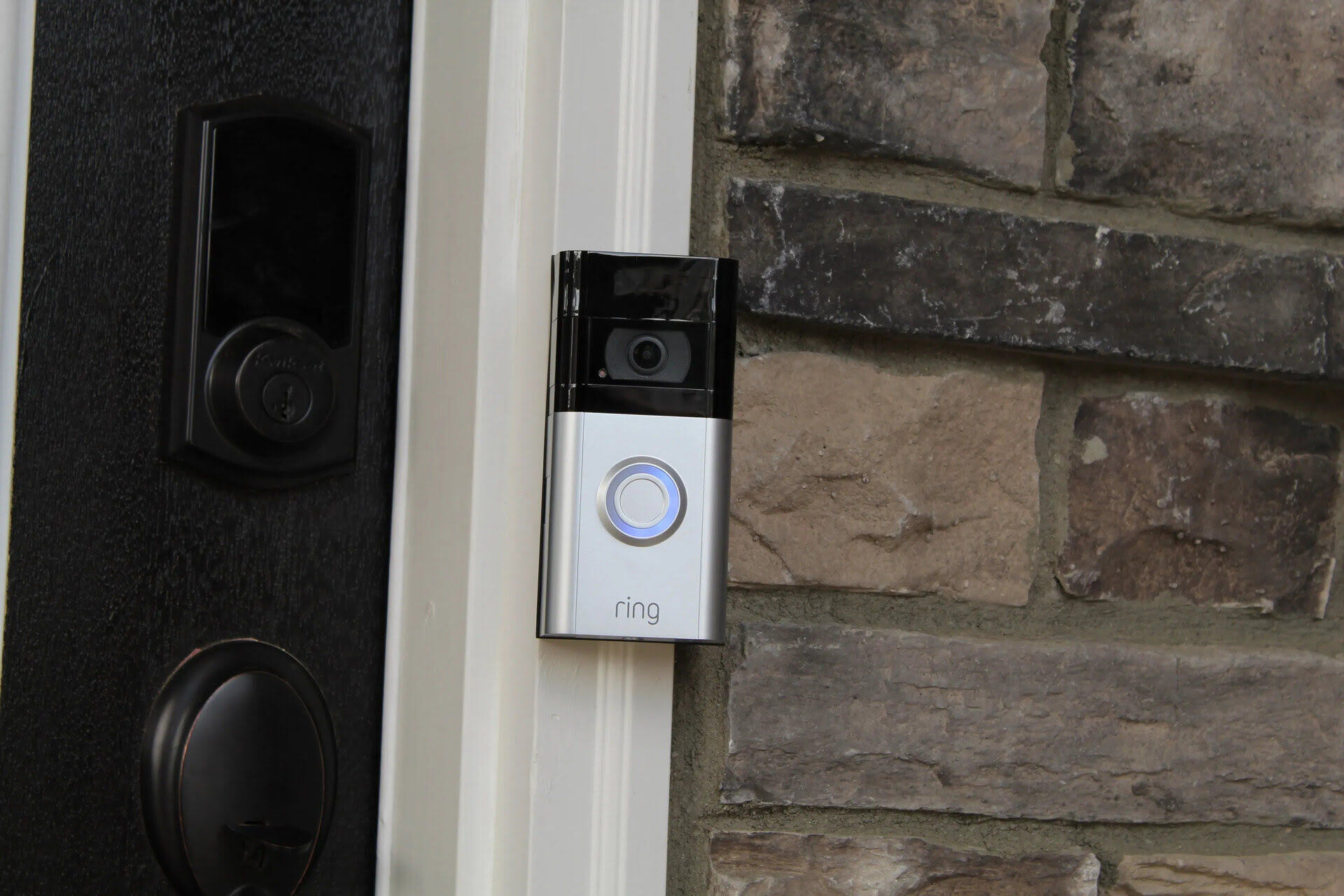
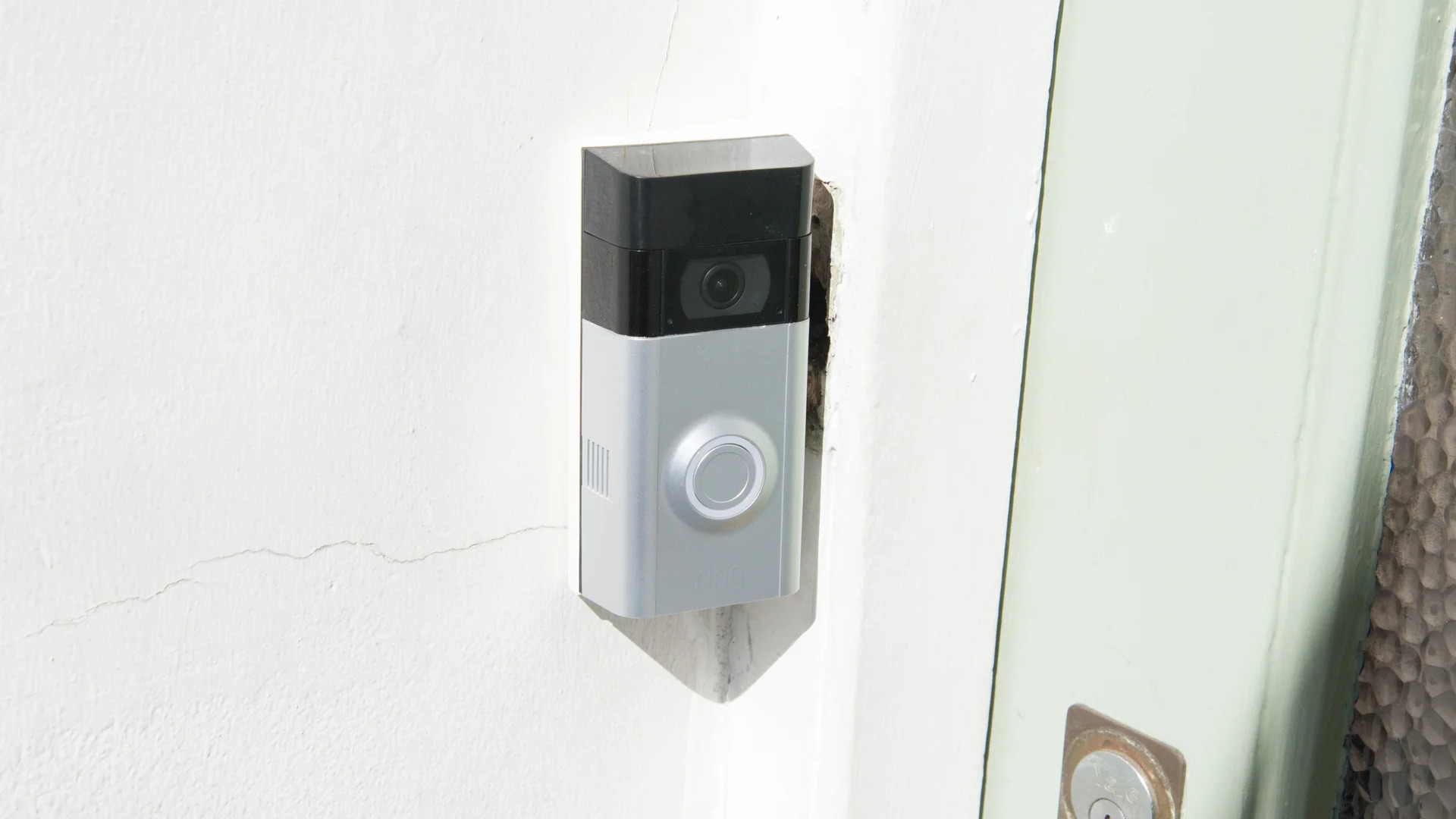

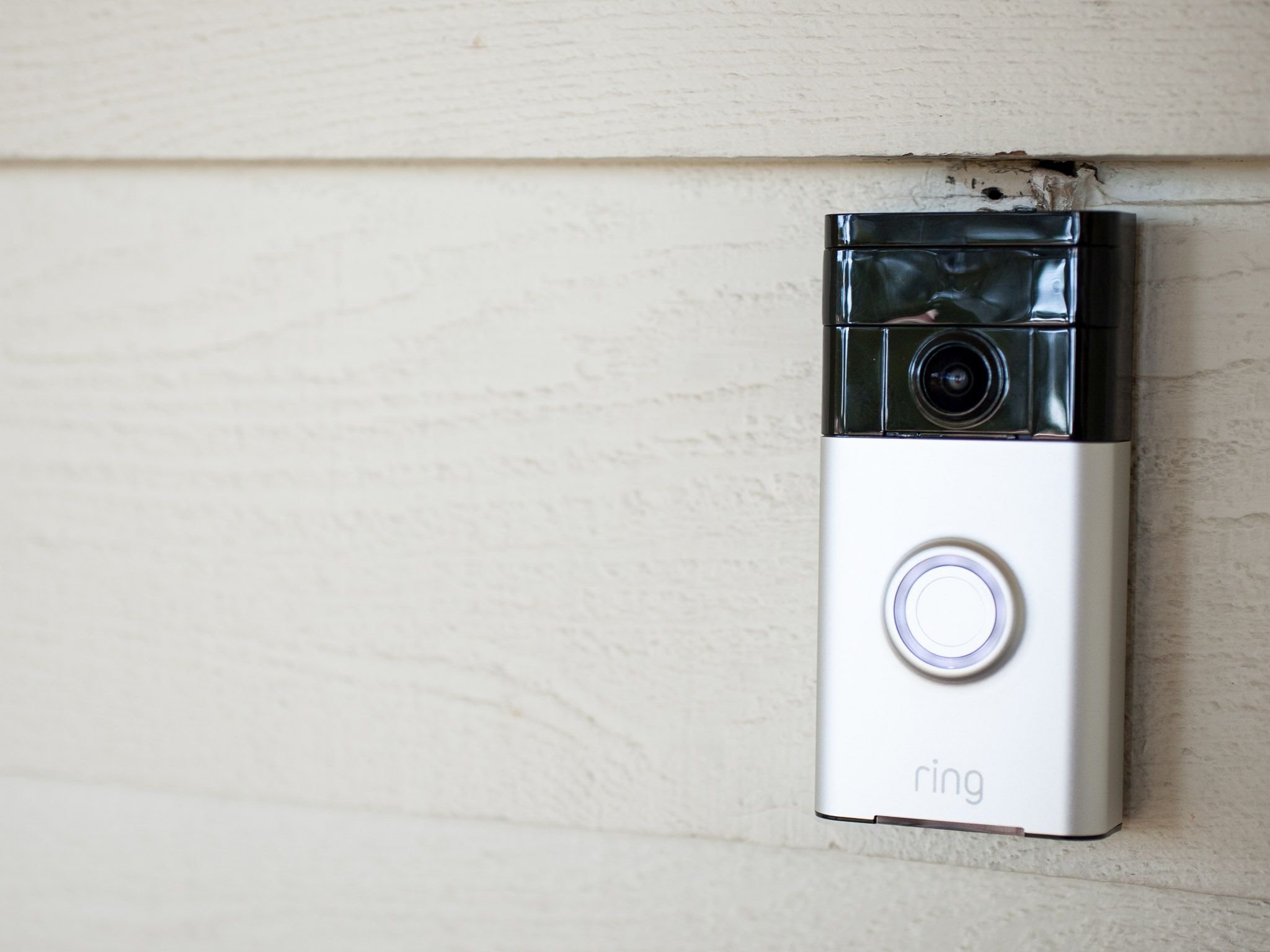
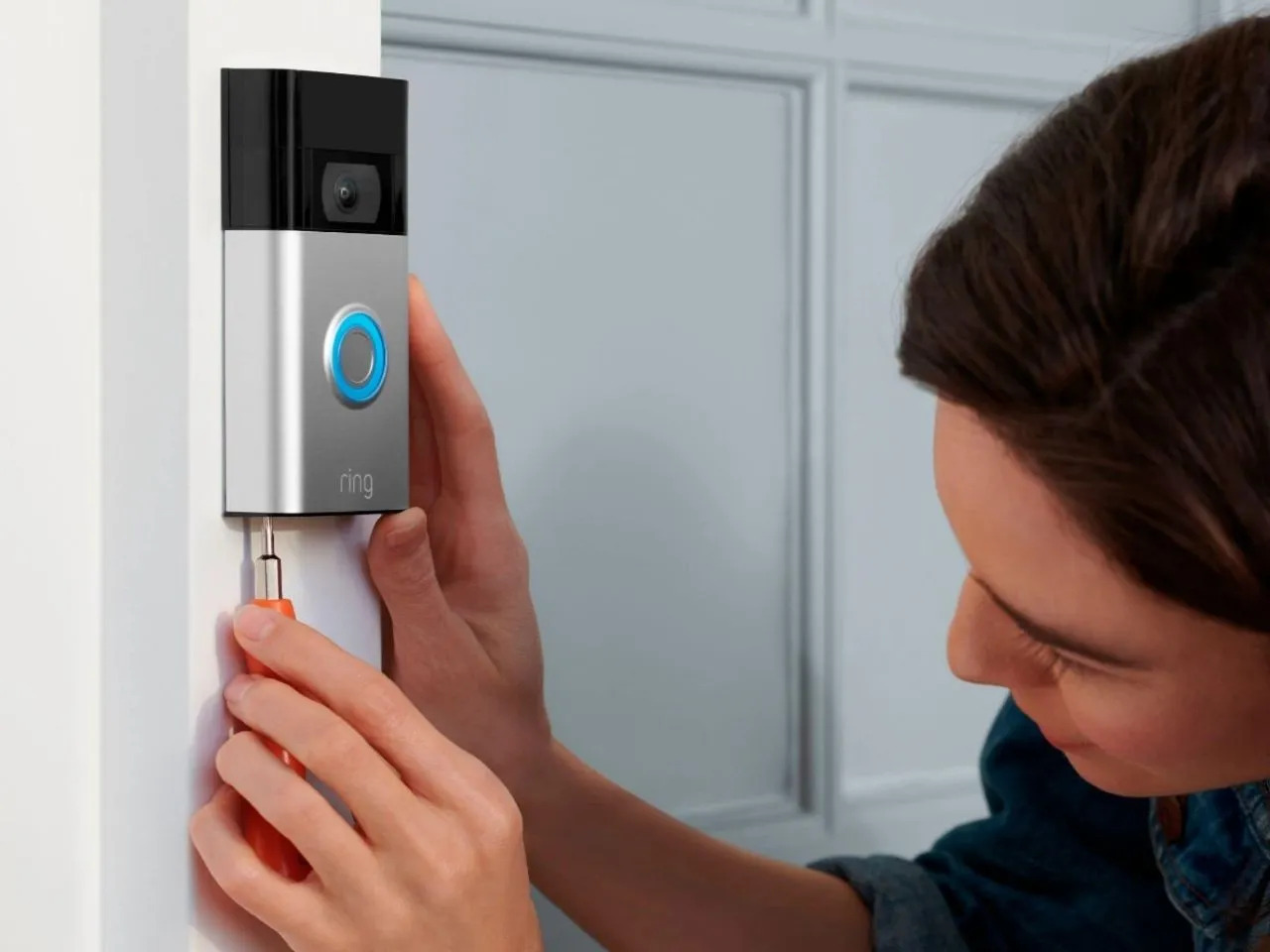
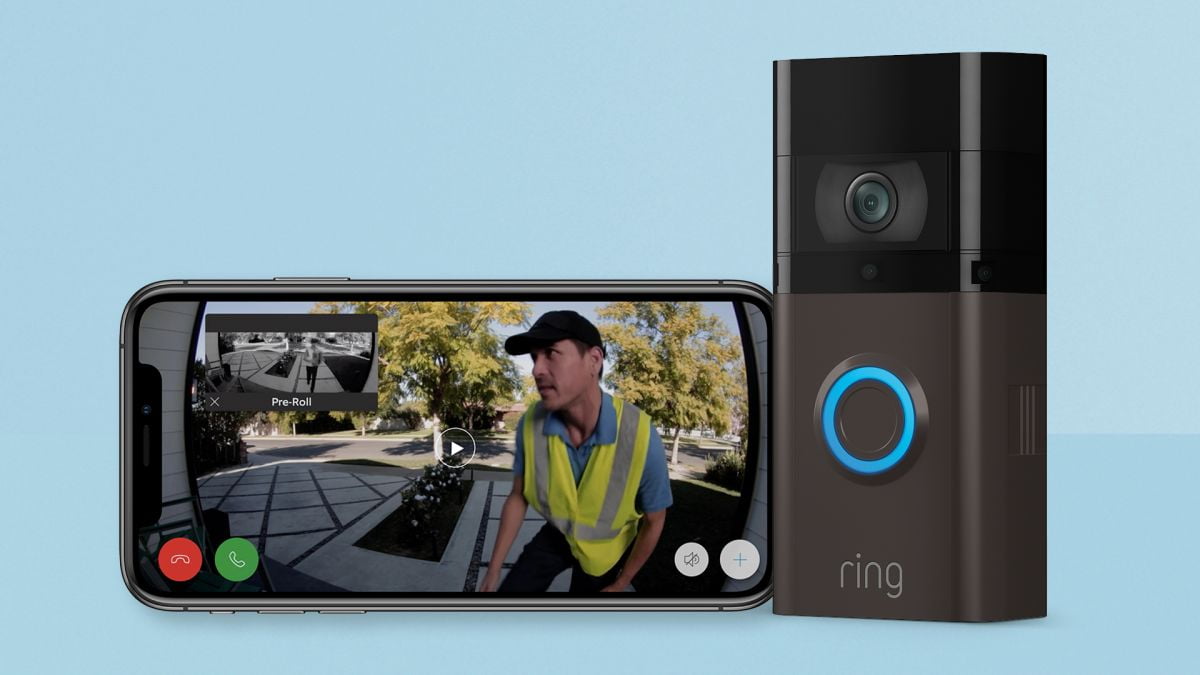

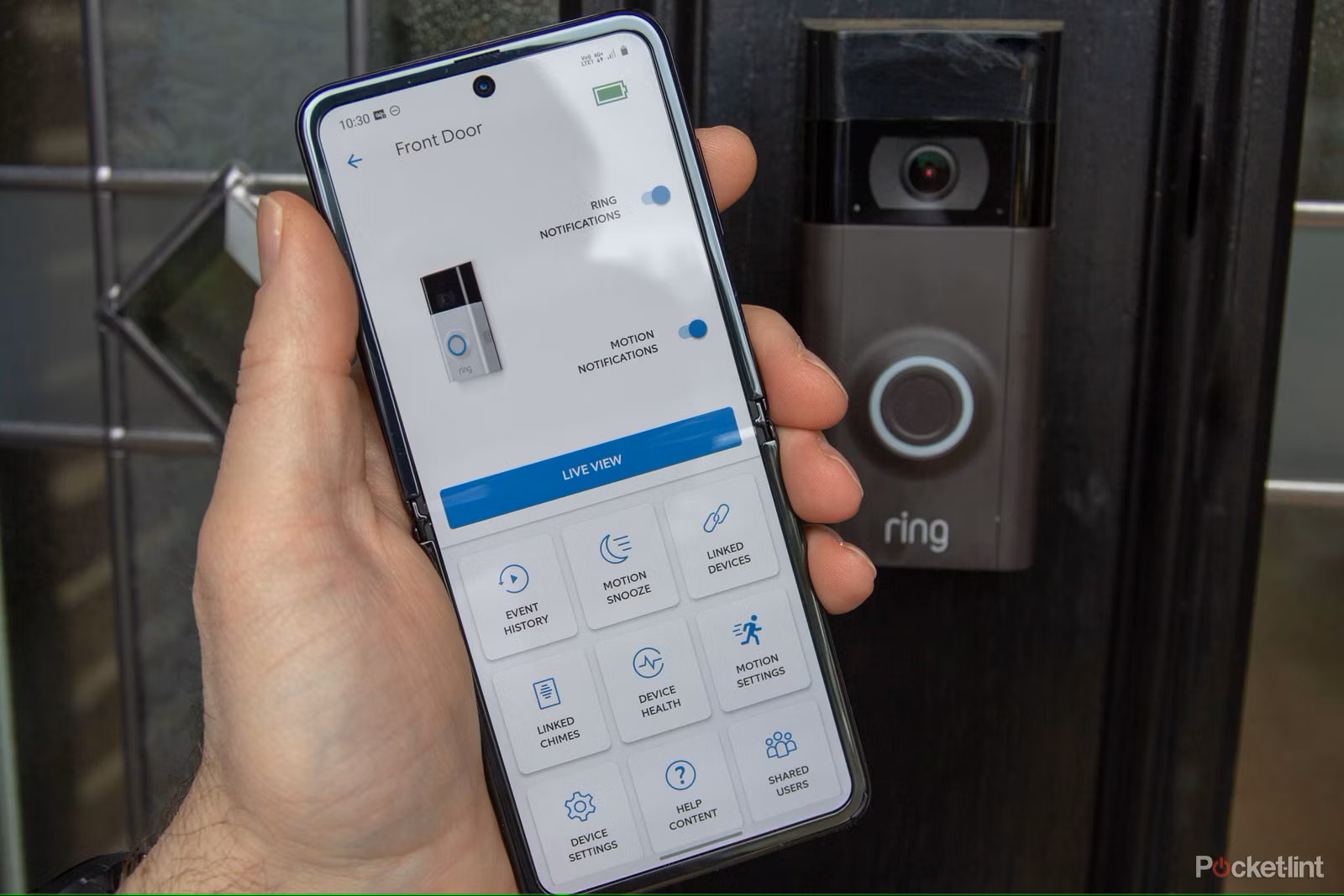
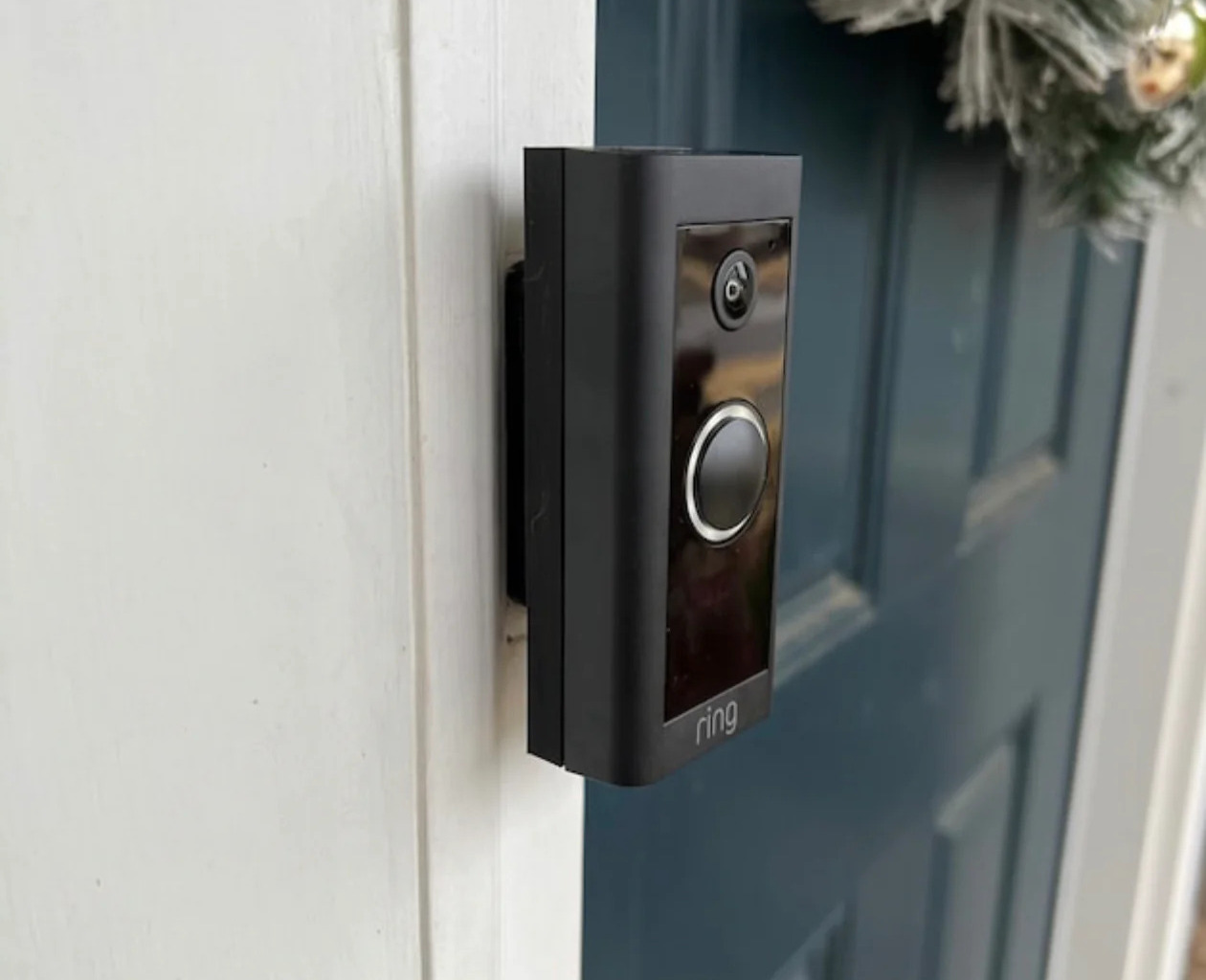
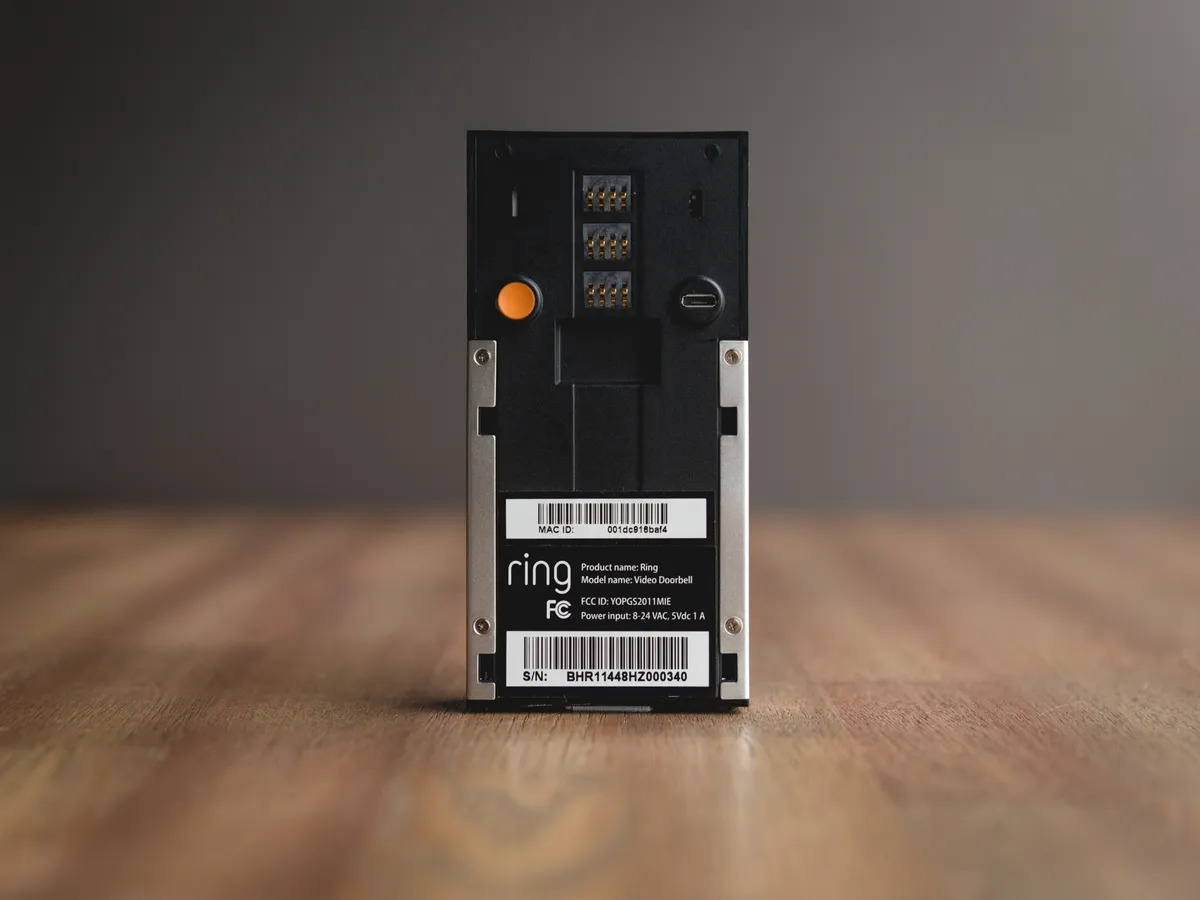
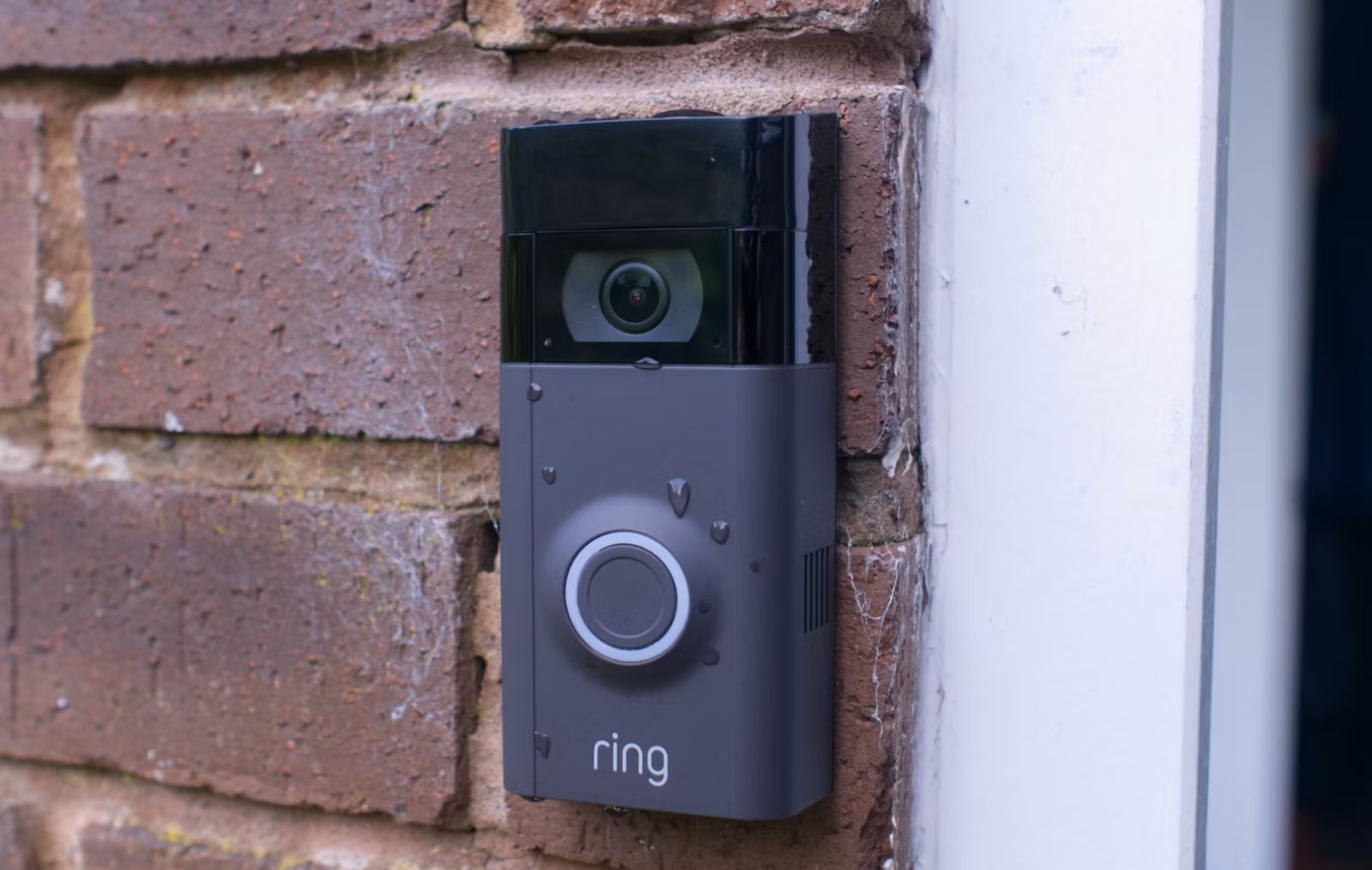
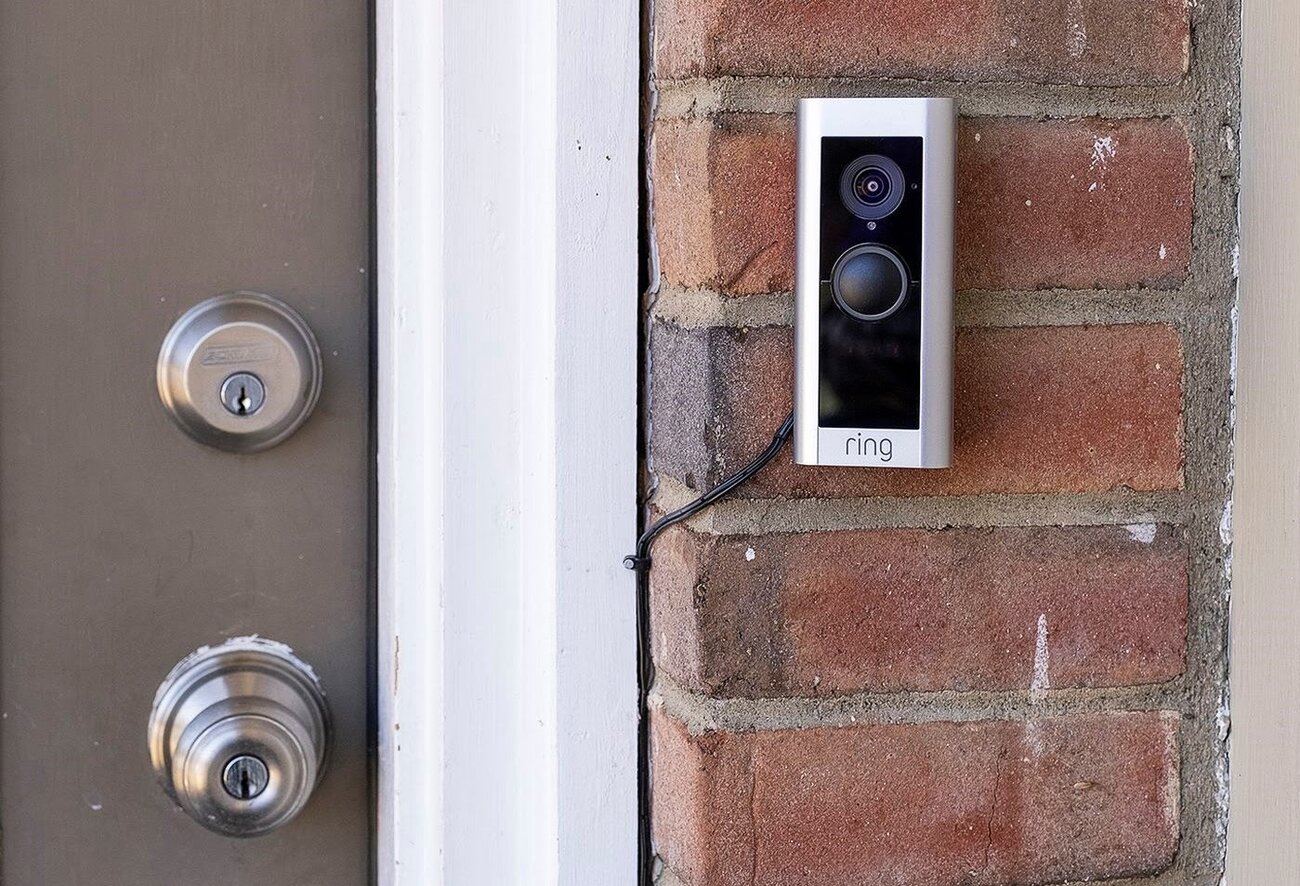

0 thoughts on “How To Reprogram Ring Doorbell”